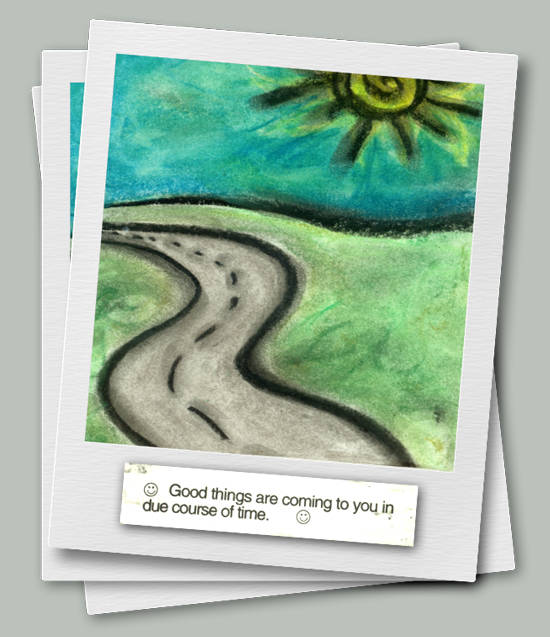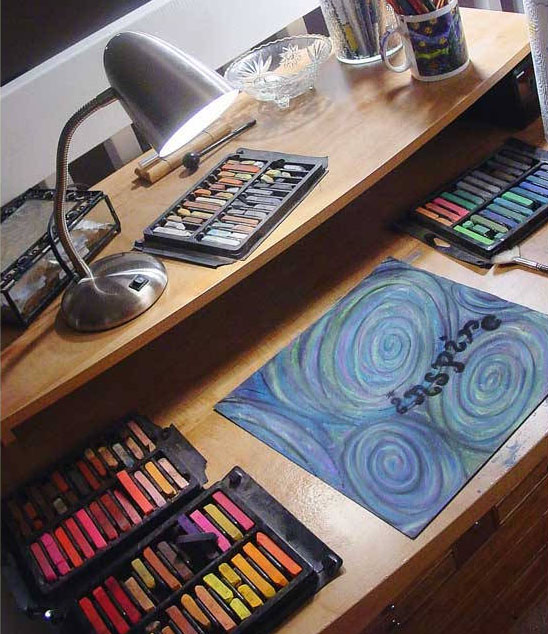Introduction:
Art therapy blends art and psychology. It offers a space for expression and exploration. Not only is it for self-discovery, but also for healing and understanding emotions. Anyone can benefit from it, no matter their life situation. Whether dealing with daily stress or chronic conditions, art therapy offers peace.
The Healing Aspects of Art Therapy:
Art therapy is like a quiet journey. It helps express emotions, lowers stress, builds self-awareness, and lets people communicate visually. It’s easy to get into and welcomes everyone. No matter your energy or skill level, there’s room for you in art therapy.

Art Therapy Exercise: Expressive Color Meditation
Preparation:
Firstly, find a quiet, comfy spot away from the world’s noise. Next, pick your favorite art supplies—it could be colored pencils, watercolors, oil paints, markers, or soft pastels. As you settle in, light a soothing candle, maybe some incense, and let calming or inspiring tunes fill the space.
Step 1: Meditation for Centering
Close your eyes. Take a deep breath in, hold, and exhale slowly. As you breathe, notice your emotions and how you feel physically. Let your mind rest, even if it’s just for a short while.
Step 2: Setting an Intention
Upon opening your eyes, set a personal goal for this exercise. It could be a positive thought like “I am open to self-expression,” “I am letting go of tension,” or “I am embracing creativity.”
Step 3: Color Exploration
Pick a color that matches your current feelings. Let your hand move across the paper, filling it with the chosen color, without any set pattern.
Step 4: Layering Emotions
Pause. Then, think about your emotions again. Choose a new color that shows any change in feelings or a new emotion you’ve found. Add this color to your page, exploring how colors and emotions mix.
Step 5: Reflective Meditation
When you feel ready, put your art materials aside. Close your eyes, take a few deep breaths, and think about the journey you just went on. Notice any changes in how you feel emotionally or physically.
Step 6: Journaling (optional)
If you want, write down any new thoughts, feelings, or ideas that came up during this exercise. It’s a way to keep the conversation with yourself going, diving deeper into your experience.
Review Questions:
Think about these questions, and maybe talk about them with an art therapist in your next session:
- What emotions came up during this exercise and how did color show them?
- Did the quiet time help connect you to your emotions and creativity?
- Did you face any challenges during this exercise, and how did you get past them?
- How did setting a goal change your experience of the exercise?
- How does your artwork show the goal or positive thought you set?
Managing Expectations and Time:
Art therapy isn’t about making a masterpiece. It’s about the journey of expression. Enjoy the process over the final product. Take your time with art therapy, even if it’s just a bit of coloring each day.
Conclusion:
Art therapy is a soft call to the soul, inviting you to look within and express yourself. Whether dealing with the ups and downs of daily life or tougher challenges, the canvas is always ready for your stories, emotions, and hopes.
Call to Action:
Embark on your own art therapy journey and share your experiences in the comments below. If you wish to delve deeper, consider connecting with professional art therapists through the American Art Therapy Association, the International Expressive Arts Therapy Association, or local art therapy groups on Meetup. Explore, express, and embrace the therapeutic voyage of art.



